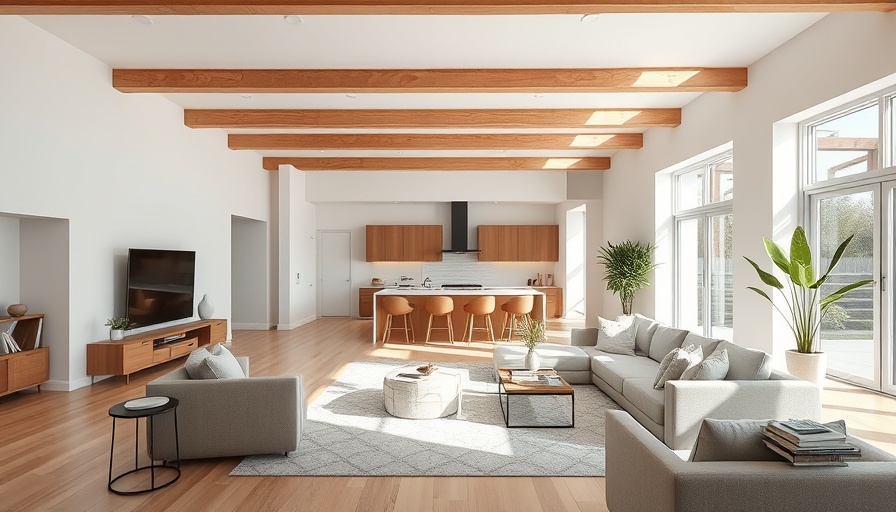
Understanding Home Staging Costs: Your Guide
Preparing to sell your home is a significant milestone, but staging it for potential buyers can be a daunting decision. One of the most common questions that arise is: How much does it cost to stage a house? On average, home staging can set sellers back about $1,800, with prices ranging from $600 to $4,000 depending on various factors. Understanding these costs and the benefits they bring can make your selling experience smoother and more successful.
What Exactly Are Home Staging Costs?
Home staging costs can be broken down into several categories, each contributing to the total investment. Here’s what you might expect:
- Consultation Fees: The initial consultation usually costs between $150 and $600. This step helps you understand what changes can be made to enhance your space.
- Room Staging: Expect to pay between $300 and $700 per room, depending on the size and condition of the space.
- Hourly Rates: Some professionals charge by the hour, with rates ranging from $25 to $150.
- Furniture Rentals: If needed, renting furniture may cost $500 to $600 per room, which can elevate to $2,000 or more.
- Decluttering Services: Using your existing furniture can lower costs, typically around an $800 flat fee.
These figures can vary significantly based on your home’s condition and the region you are in, reminiscent of finding Zillow listings tailored to your price range.
The Value of Home Staging in Real Estate
Staging your house significantly increases its appeal to prospective buyers. Research indicates that staged homes sell faster and for higher prices than unstaged ones. This market trend is particularly important in bustling areas like the Bay Area, where competition is fierce.
Experts suggest that not only does staging create a welcoming atmosphere, but it also showcases your home’s strengths, making it easier for buyers to visualize their life there—a common strategy used by Redfin agents.
Budgeting for Home Improvements
Home staging may require you to put forth some funds for minor repairs or upgrades. From fresh coats of paint to updating light fixtures, these enhancements can create a more inviting environment. Often, simple upgrades can offer significant returns when your property hits the market.
Maximizing Your Home's Appeal: Tips and Tricks
To maximize the impact of home staging without breaking the bank, consider the following strategies:
- Declutter: A clean, organized space looks more inviting and spacious. Buyers are drawn to homes they can envision living in.
- Neutral Colors: Opt for neutral tones when painting walls to appeal to a broader audience. This is a common suggestion in real estate listings across multiple platforms.
- Personal Touches: While depersonalizing is essential, consider maintaining a few tasteful décor items that reflect the warmth of home.
The Future of Home Staging in the Real Estate Market
As the real estate market continues to evolve, home staging is likely to become an ever-critical component of selling strategies. The rise of digital staging tools and virtual tours will change how homes are marketed, further cementing staging as a foundational aspect of real estate.
It’s essential for sellers to keep abreast of these trends to remain competitive. By utilizing online resources and real estate websites, such as Trulia or Realtor.com, homeowners can stay informed.
Conclusion: Invest Wisely for Maximum Advantage
Preparing your home for sale involves careful planning, and staging is a fundamental part of that process. The costs associated with staging can vary, but the potential benefits far outweigh these financial investments. Ultimately, by staging your home effectively, you are not just preparing it for sale, but setting the stage for a sale at the highest possible price. Take the time to research and consider engaging a staging professional, as it can drastically change your sales experience.
 Add Row
Add Row  Add
Add 



Write A Comment